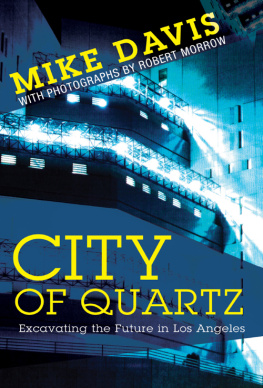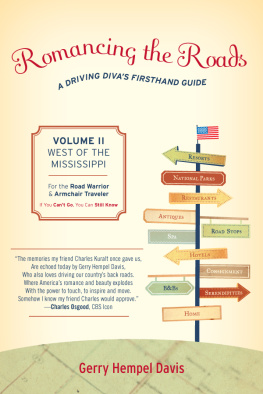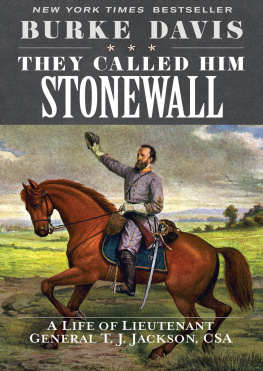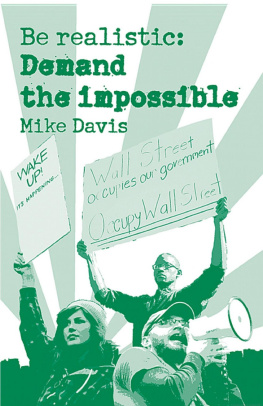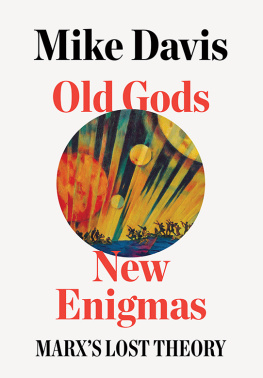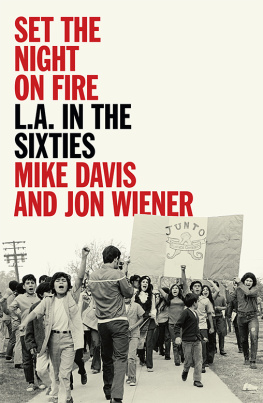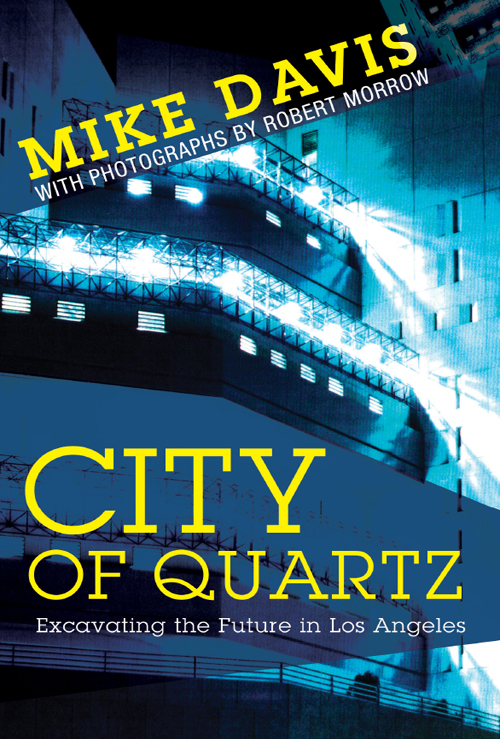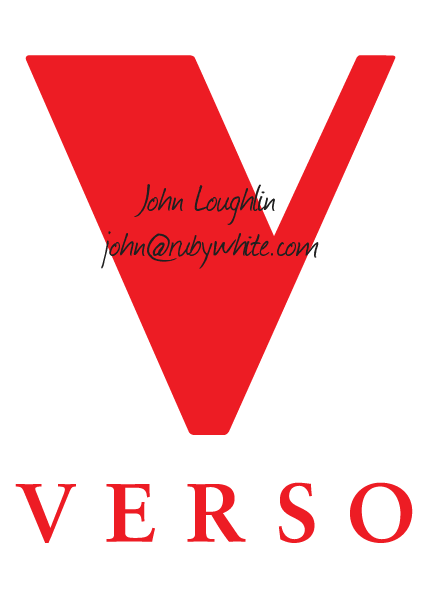CITY OF QUARTZ
Excavating the Future in Los Angeles
MIKE DAVIS
Photographs by
Robert Morrow

This eBook is licensed to John Loughlin, john@rubywhite.com on 12/31/2014
for my sweet Rosn to remember her grandmother by...
This eBook is licensed to John Loughlin, john@rubywhite.com on 12/31/2014
First published by Verso 1990
This edition published by Verso 2006
Verso 1990
Preface Mike Davis 2006
All rights reserved
The moral rights of the authors and translators have been asserted
3 5 7 9 10 8 6 4 2
Verso
UK: 6 Meard Street, London W1F 0EG
USA: 180 Varick Street, New York, NY 10014-4606
www.versobooks.com
Verso is the imprint of New Left Books
eISBN: 978-1-84467-486-2
British Library Cataloguing in Publication Data
A catalogue record for this book is available from the British Library
Library of Congress Cataloging-in-Publication Data
A catalog record for this book is available from the Library of Congress
Printed in the US by Worldcolor/Fairfield
This eBook is licensed to John Loughlin, john@rubywhite.com on 12/31/2014
CONTENTS
PROLOGUE
The View from Futures Past
CHAPTER ONE
Sunshine or Noir?
CHAPTER TWO
Power Lines
CHAPTER THREE
Homegrown Revolution
CHAPTER FOUR
Fortress L.A.
CHAPTER FIVE
The Hammer and the Rock
CHAPTER SIX
New Confessions
CHAPTER SEVEN
Junkyard of Dreams
This eBook is licensed to John Loughlin, john@rubywhite.com on 12/31/2014
ACKNOWLEDGEMENTS
There are no research grants, sabbaticals, teaching assistants or other fancy ingredients in this fare, just the love, patience and wit of Sophie Spalding, which I have attempted to return in kind. Anthony Barnett was the first to encourage me to try an L.A. recipe when I was still a homesick fugitive in England; Mike Sprinker kept me in the kitchen cooking. David Reid supplied an aqueduct of encouragement from Berkeley, as did Michael Sorkin from international air-space. David Diaz and Emma Hernandez were the salsa in our lives in El Sereno. Robert Morrow and I cruised the mean streets; his photographs speak for themselves. Roger Keil and Susan Ruddick kept me believing in the May Pole, as did Michael zinzun and Ntongela Masilela.
A primitive version of was read by Harvey Molotch, Eric Monkonnen, John Horton, Stephanie Pincetl, and the Berkeley collective of Socialist Review. I want to thank them for their invaluable advice and incisive criticism.
Roger Keil of Frankfurt University read and translated the German references quoted in . He also wrote the first draft of the Exiles section and contributed several other allusions and ideas. I am deeply grateful to him.
In the course of writing this book I have felt the loss of my cousin Jim Stone and my mother Mary (Ryan) Davis. I want my daughter to know that their rebel spirits move this pen.
This eBook is licensed to John Loughlin, john@rubywhite.com on 12/31/2014
PREFACE
Authors are strange parents. Some never wean their offspring, preferring to keep them on their knee, forever close at hand. Others, like myself, punctually kick their progeny out the door, with orders never to call home. Apart from occasionally consulting a footnote or reference, I have not looked at City of Quartz since I sent the manuscript the last relic of stone-age composition on an IBM typewriter to my publisher in London in 1990.
Recently I skimmed through the bulk of this rather strange book, with its cryptic title and relentless black-and-white photographs taken by my friend and get-away-driver Robert Morrow. I was particularly nervous about re-encountering a sprawling chapter called Homegrown Revolutions. This huge expanse of crabgrass, a discursion on homeowners movements and the politics of NIMBYism, took centuries to research. It required reading, late at night on microform at the library of York University in Toronto where I was teaching political economy at the time, the various local editions of the L.A. Times for a thirty-year period.
As a result of these obscure labors, I became so attached to every sacred morsel of fact about picket fences and dog doo-doos that I failed to edit the chapter down to a reasonable length. I soon came to fear that I had made a suicidal mistake. No one, I told myself, will ever read this. Yet, some people obviously have; even a few who werent coerced into doing so by their tyrannical Marxist professors.
In a meditation on the capriciousness of publishing and reputation, the philosopher Ernst Bloch once asked: Must books have fates? The answer, of course, is yes, but not the ones chosen by their authors. The fate of City of Quartz was largely determined by events that followed its publication: the explosive notoriety of L.A.-based gangster rap, the Rodney King atrocity, and, finally, the apocalyptic uprising that followed the acquittal of his assailants.
But the smell of smoke was already, so to speak, in the air by 1988 when I began writing the essays that constitute City of Quartz and which spilled over into several other, edited volumes. Although the owners of a certain graying newspaper on Spring Street may have missed the obvious omens, every eleven-year-old in the city knew that an explosion of some kind was coming. In a city tragically full of armed and angry teenagers, LAPD Chief Daryl Gatess Operation Hammer with its Vietnam-like neighborhood sweeps and indiscriminate nightly harassment was universally viewed as a deliberate provocation to riot.
Indeed, this was the interpretation of the two rookie officers who arrested me after the LAPDs notorious attack on a peaceful Justice for Janitors demonstration in Century City in June 1990. I was in every sense a captive audience, cuffed in the back seat of their patrol car, as they launched into a hallucinatory rant about a coming Armageddon, LAPD versus Uzi-armed Crips and Bloods, on the streets of Southcentral. So, if there were premonitions of 1992 in City of Quartz they simply reflected anxieties visible on every graffiti-covered wall or, for that matter, every lawn sprouting a little Armed Response sign.
City of Quartz, to use one of those Parisian terms that I usually try to run over with my pick-up truck, is the biography of a conjoncture: one of those moments, ripe with paradox and non-linearity, when previously separate currents of history suddenly converge with profoundly unpredictable results. City of Quartz in a nutshell is about the contradictory impact of economic globalization upon different segments of Los Angeles society.
In 1990, Los Angeles had been governed for almost a generation by a nationally unique coalition of downtown business interests, Westside entertainment-industry Democrats and Southside Black voters. After the helter-skelter of the 1960s, when the reactionary populism of rogue mayor Sam Yorty had come perilously close to wrecking the city, the administration of Mayor Tom Bradley, elected in 1973, represented the first sustained experiment in government by elite consensus. The long conflict between Westside and Downtown elites ended in a historic compromise that included Westside support for accelerated downtown redevelopment, and Downtown (especially Chandler-dynasty) support for a largely Democratic City Hall. Westside/Downtown cooperation under the honest brokerage of Tom Bradley made possible the most ambitious expansion of municipal infrastructure since William Mulholland built the original Aqueduct.

